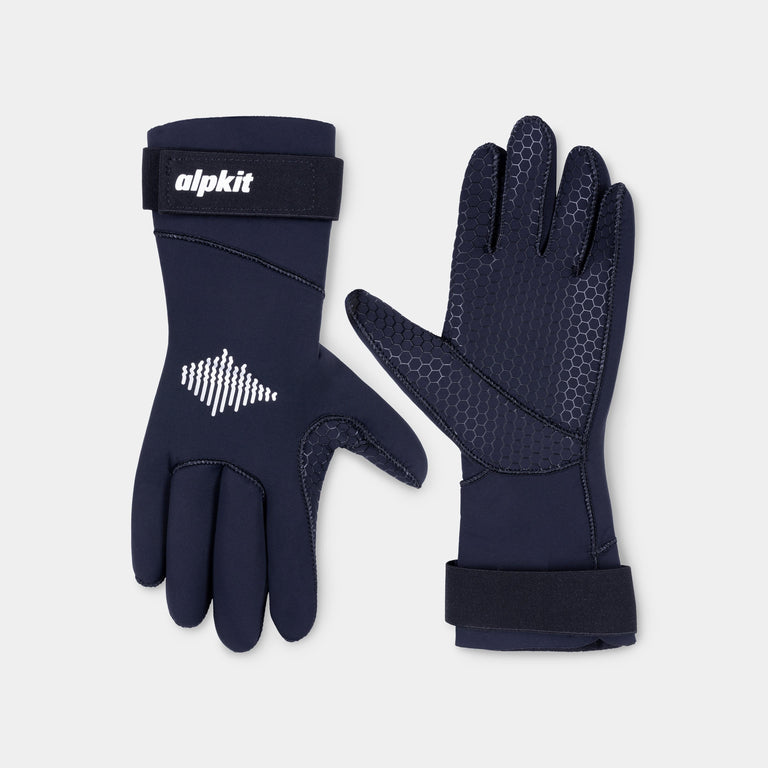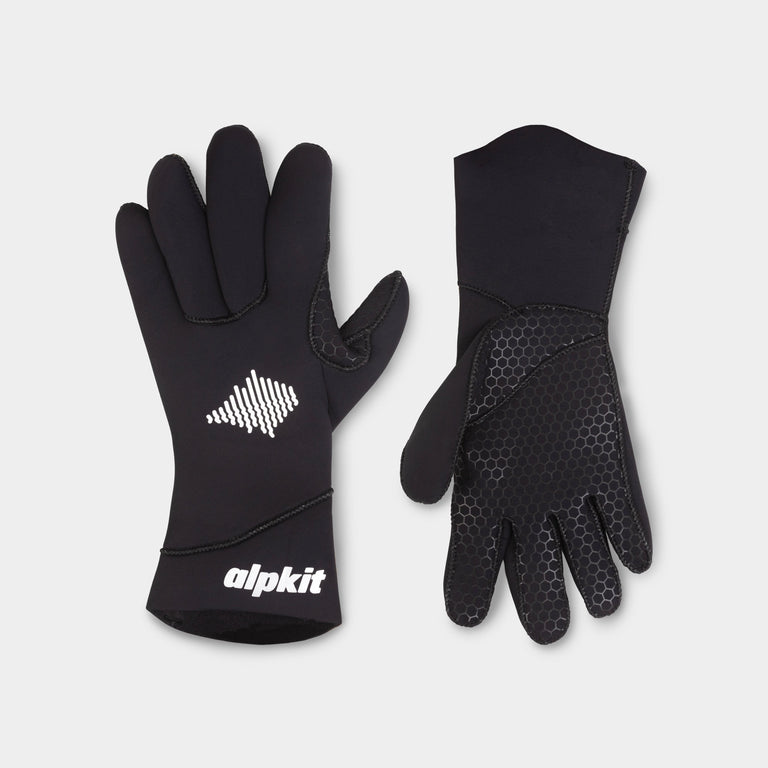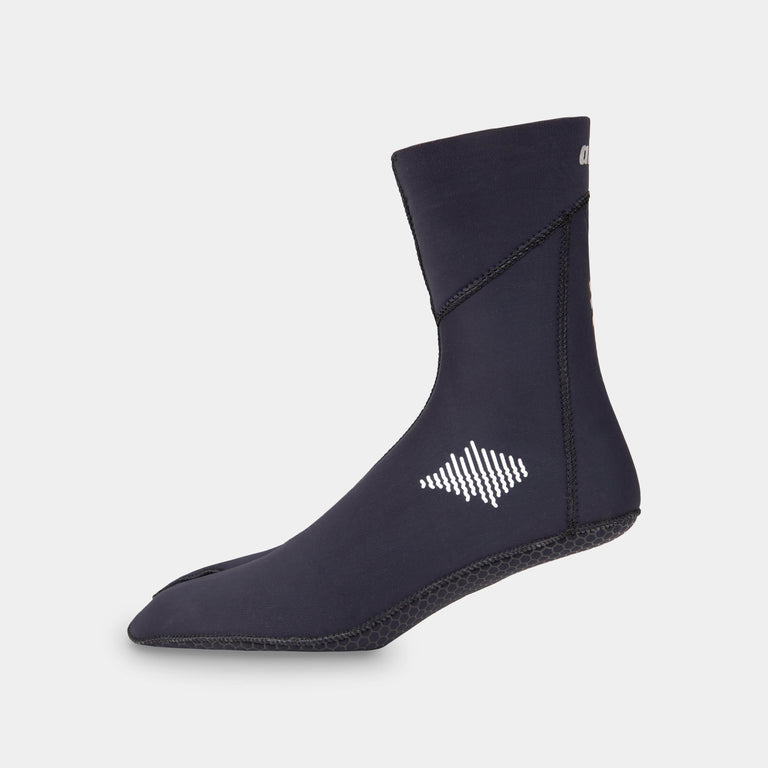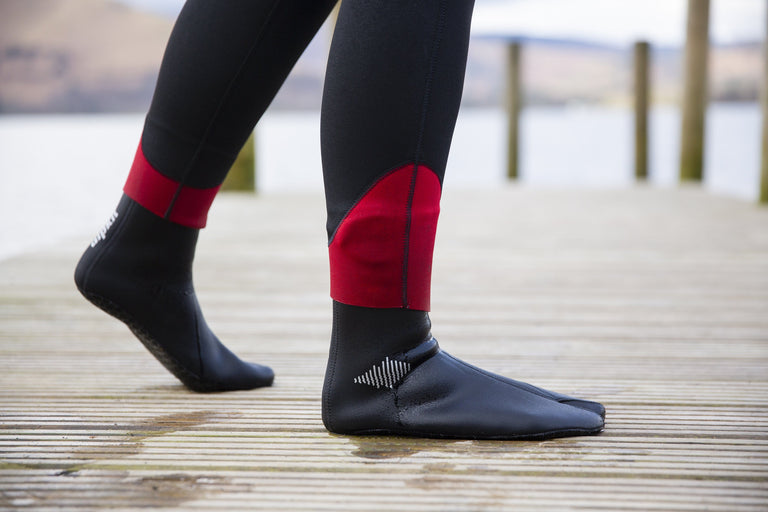
Stand-up paddleboarding is a full-body experience in balance, fitness and exploration. Learn how it works and where to start.
Discover new adventures on the water with stand-up paddleboarding (SUP), a relatively recent paddlesport that seamlessly blends the thrill of exploration with the tranquillity of nature.
What is stand-up paddleboarding?
It is believed stand-up paddleboarding, or SUP, emerged in Hawaii as a sport that combines elements of surfing. We like to think it may also have been developed by adventurous Welsh fisherman standing up in their Coracles in the 16th century. As the name hints, you stand on boards that resemble surfboards and use paddles to propel yourself through the water. It's an excellent activity for people of all skill levels and a fantastic option for both those new to outdoor sports and those already hooked on other activities.
The water shimmers in the early morning light, inviting you to float on its silvery surface. You grasp your paddle in hand and step aboard your paddleboard, ready to begin your journey downstream.
Picture yourself gliding across serene lakes, winding rivers, or coastal waterways, surrounded by breathtaking scenery that rivals the most picturesque trails and campsites you've encountered. With nothing but the rhythmic sound of your paddle dipping into the water and the gentle breeze caressing your skin, paddleboarding offers a serene escape from the hustle and bustle of everyday life.
As a hiker, camper, or cyclist, you're already well-versed in the art of outdoor exploration. Stand-up paddleboarding offers a refreshing way to experience the great outdoors.
Swap the trails and discover hidden gems
Sometimes, we just need a new perspective to appreciate the areas we already know. For hikers who have seen it all, paddleboarding presents an exciting opportunity to discover hidden gems inaccessible by foot. If you have ever wondered what is below your feet as you stand on that clifftop or pondered what remains to be discovered as the river meanders out of sight, imagine paddling to secluded coves or along hidden rivers, each stroke of your paddle revealing views previously tantalisingly out of sight.
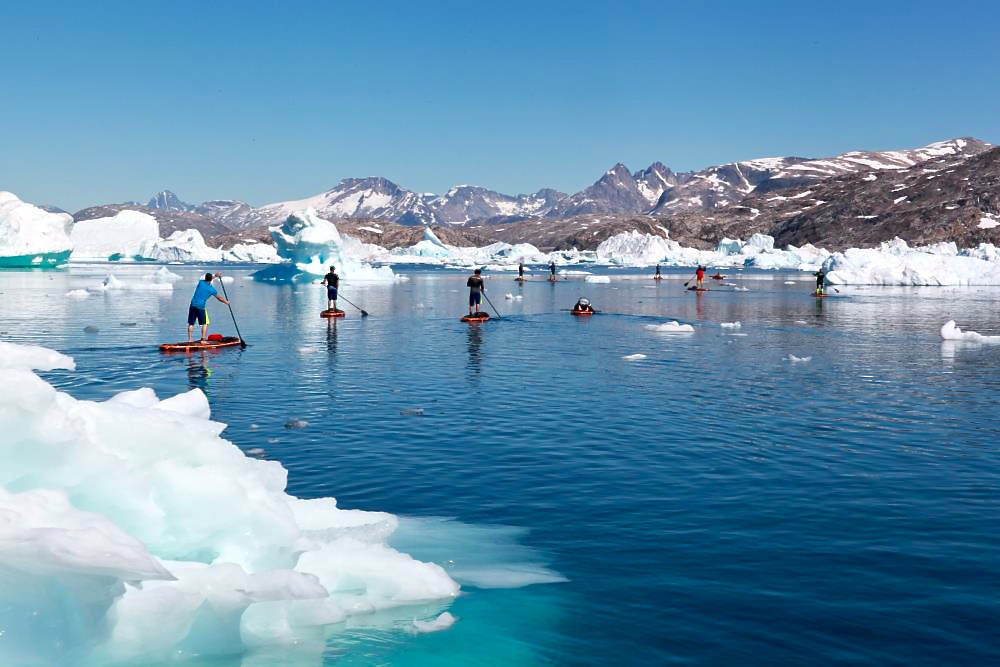
Navigate to pristine beaches or remote islands
As a camper, supping opens up a world of water-based adventures. Set up camp along the shores of a tranquil lake or river, and spend your days paddling, fishing, or simply basking in the beauty of your natural surroundings. With inflatable paddleboards that pack down to a compact size, you can easily make your board central to your camping trips.
Discover hidden cliff faces and plan your next sea cliff adventure.
On a calm day, navigate the coastline of South Wales discovering new routing potential for DWS or coasteering. A paddleboard makes an ideal platform for climbers looking to launch their next vertical exploration.
Let the current carry you.
Cyclists, accustomed to the thrill of two-wheeled adventures, will find a kindred spirit in paddleboarding. Paddleboarding allows you to cover vast distances and explore new terrain. Let the current carry you with a familiar sense of freedom and exploration on the water. Whether you're drifting through the Norfolk Broads or tackling fast-flowing Scottish rivers, paddleboarding provides a refreshing change of pace and a chance to connect with nature in a way you haven't before.
With its blend of physical activity, natural beauty, and endless opportunities for exploring paths less travelled, stand-up paddleboarding might just be the perfect extension to your outdoor lifestyle this summer.
Why paddleboard?
Still confused why you would want to stand rather than sit comfortably in a canoe or kayak? After all a canoe offers greater protection against the elements and has more space to carry your kit.
The simplicity is one of the sports greatest appeals. It just feels less faffy to step on a board and get on your way. For folk new to watersports, the fact that you are not enclosed can feel very reassuring.
Stand-up paddleboarding (SUP) caters to a broad range of interests and ability levels. Its simplicity has also spawned multiple subcategories of activity, with paddleboarders combining their love of camping, yoga, and fishing, to name just a few.
Paddleboarding is accessible
Given their large size, inflatable stand-up paddleboards pack down surprisingly small, making them ideal if you don't like the idea of fitting a roof rack to your car.
The health benefits of stand-up paddleboarding
As the day progresses and the sun climbs higher in the sky, you find yourself drifting further into a state of tranquillity. The worries and stresses of everyday life fade away, replaced by a sense of calm and contentment that envelopes you like a warm embrace.
Paddleboarding has transformative power. With each stroke of your paddle, you feel a renewed sense of energy and vitality coursing through your veins. The rhythmic motion of the water becomes a meditation. Paddleboarding not only provides you with a thrilling adventure but also allows you to reconnect with yourself and the natural world in a profound way.
Link: Read our guide to the benefits of paddleboarding
Quick to inflate and get onto the water
With a high-capacity pump, inflating a SUP and getting on the water takes only a few minutes.
With all these fun branches accessible to you, choosing the right board is crucial for your experience.
What equipment do you need
We have a full guide that goes into some detail to help you choose the right board. Here, we will cover the basics.
How to choose a paddleboard
When choosing a paddleboard, consider whether you want to pursue a specific style of paddleboarding. Getting a paddleboard designed for that activity will make your experience much better.
The important factors to consider when selecting a board are the board shape, size and construction type (solid or inflatable), transport and storage.
How will you be using it?
Do you need the board to be fast and efficient in a straight line, or do you want it to turn fast and be stable?
The board's shape affects how it handles in the water. There are 2 basic shapes:
- Planning hull - flat and wide. Nice and stable and perfect for general-purpose use.
- Displacement hull - pointed nose making it optimal for speed and efficiency in a straight line. Great for river touring.
What size board do you need?
Once you have chosen the type of paddleboard you need, you should consider the size board that is best for your height and weight. Choosing the correct size will ensure the board sits optimally in the water and handles well.
Fine-tuning your paddleboard
A paddleboard's base has fins to help with directional stability. These fins can be of different sizes and shapes. As your experience grows, you may want to play around with these in different configurations, adjusting them for different weather conditions or types of trips.
A selection of board top straps and bungees are also available to carry and secure your kit on longer trips.
Other essential paddleboard equipment
Paddles for stand-up paddleboarding
You are not going to get far without one of these. They need to be long enough to enter the water while you are standing. Most paddleboarding paddles are adjustable and can be adapted for left-handed and right-handed paddlers. Look for a paddle with a comfortable grip which will also help you apply power through the paddle into forward motion, and feather the paddle for steering.
Buoyancy aid (PFD)
Essential for safety, a buoyancy aid (PFD) suitable for paddleboarding should have enough floatation for your body weight and offer unrestricted arm movement. A PFD with pockets is handy to keep your waterproof camera close to hand.
Leash
This attaches you to your paddleboard at your ankle. A stand-up paddleboard has a large surface area and can move swiftly, even in a gentle breeze. A leash will ensure you don't get separated from your board in the middle of an exposed lake.
Paddleboarding wetsuit
A wetsuit can help you feel more comfortable when out on the water. It traps a warm layer of water between your skin and your wetsuit, keeping you warm. A wetsuit also offers some wind protection. Choose a wetsuit that does not restrict your movement. A two-piece wetsuit may offer the best adaptability for all-season stand-up paddleboarding and multi-day tripping.
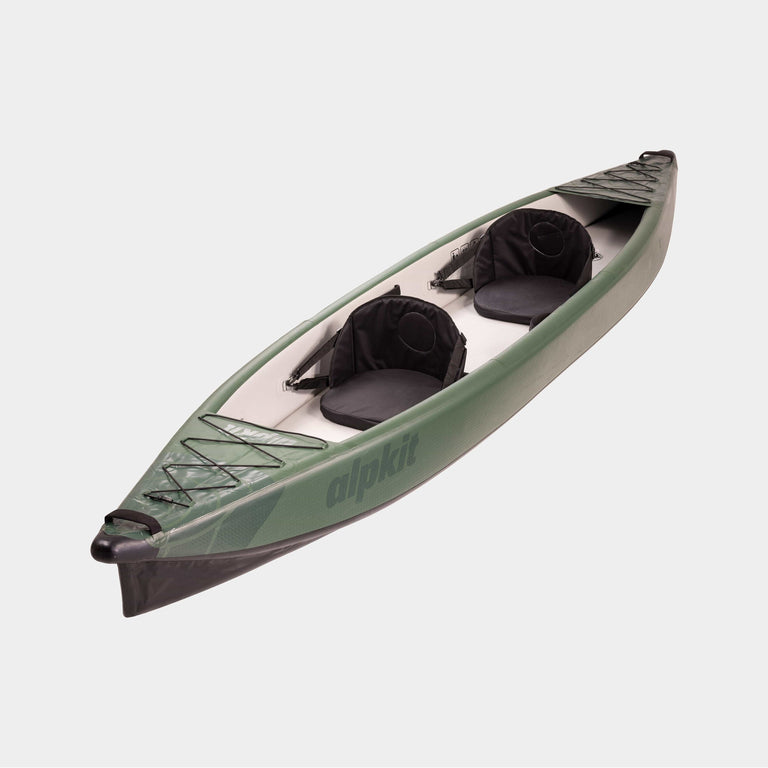
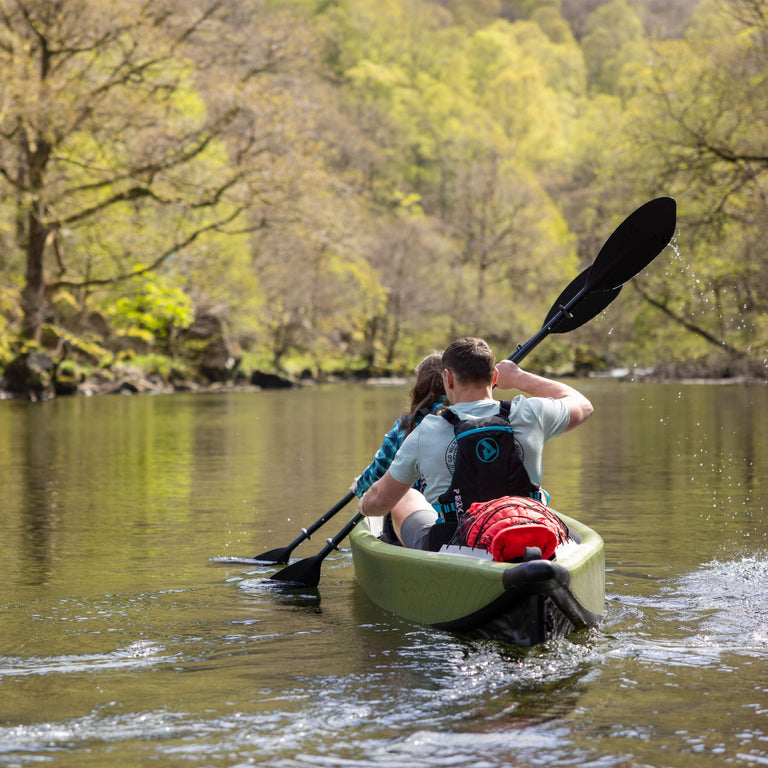
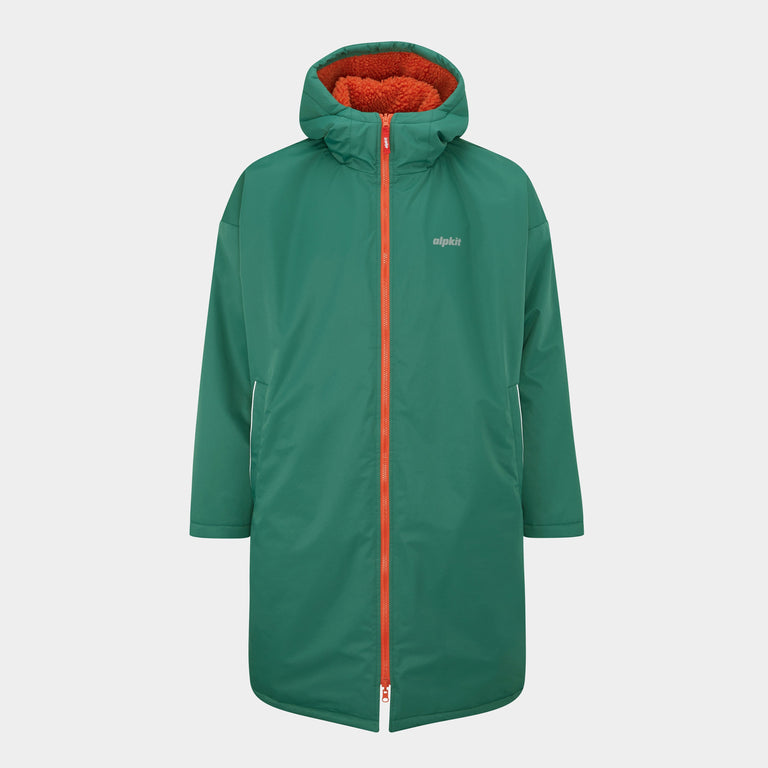
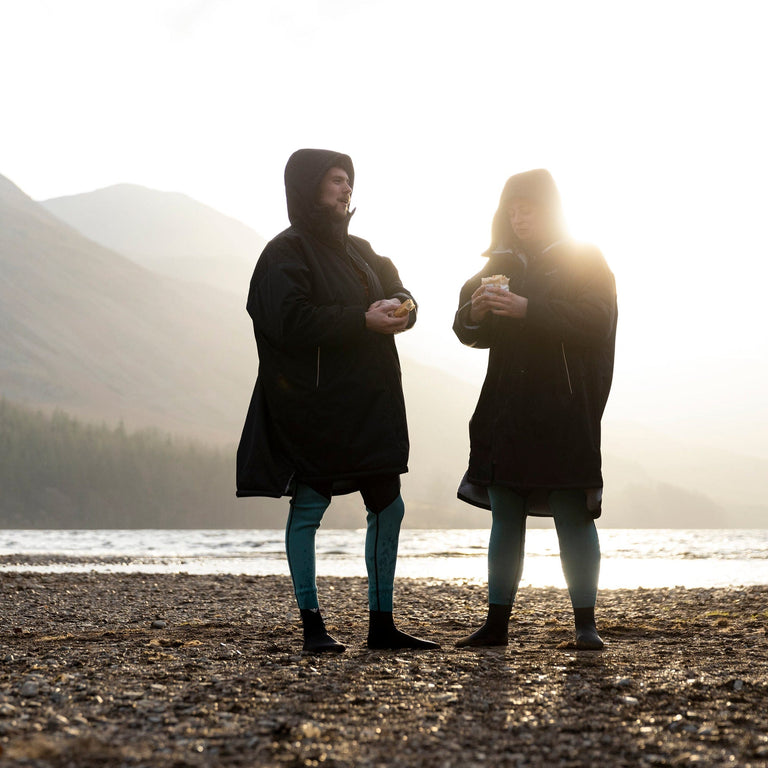
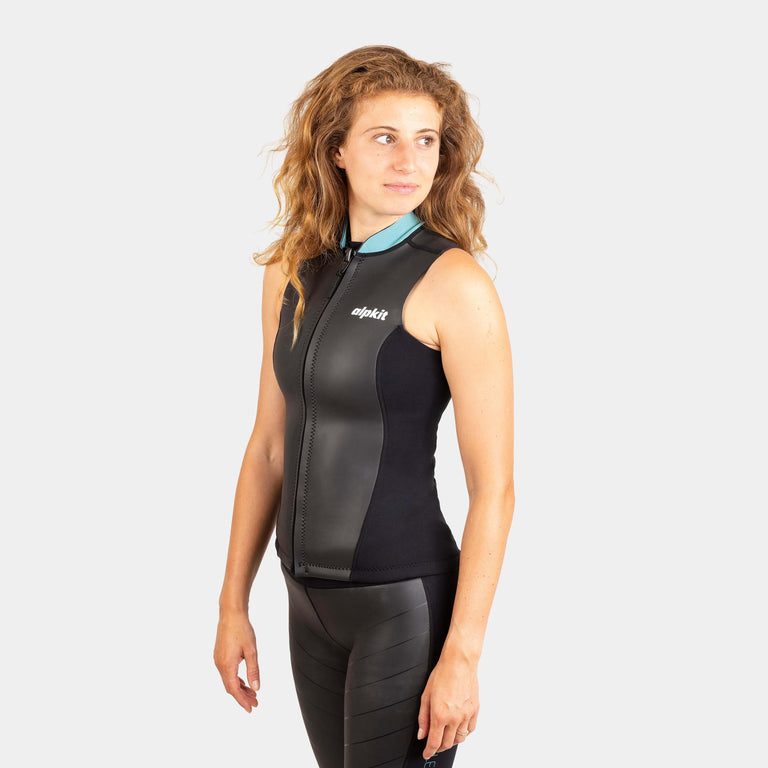
![Element Wetsuit Vest [Womens]](http://us.alpkit.com/cdn/shop/files/element-womens-vest-shorts-ecom-1_1528bae7-f3c8-4428-8269-460923ac64da.jpg?v=1717528304&width=768)
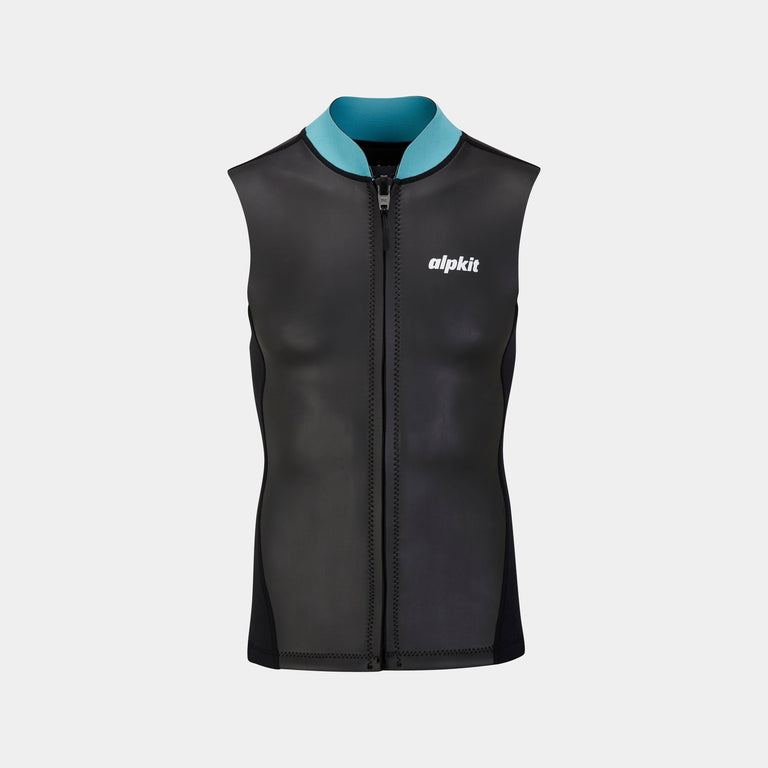
![Element Wetsuit Vest [Mens]](http://us.alpkit.com/cdn/shop/files/element-mens-vest-shorts-ecom-2_bed513c4-b564-4446-856d-d889f90f885e.jpg?v=1717528287&width=768)

![Element Wetsuit Jacket [Womens]](http://us.alpkit.com/cdn/shop/files/element-womens-jacket-pants-ecom-2.jpg?v=1717528203&width=768)
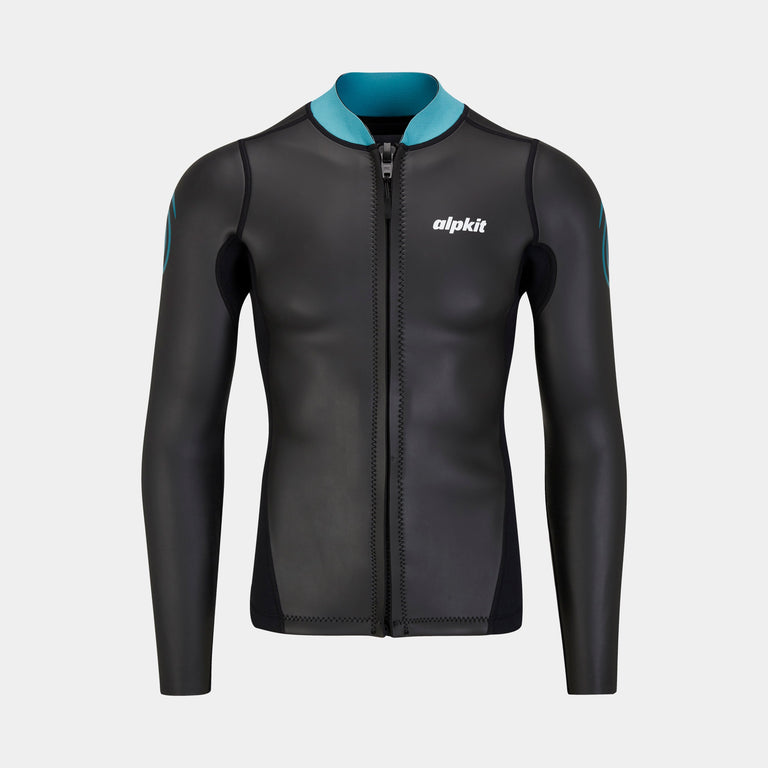
![Element Wetsuit Jacket [Mens]](http://us.alpkit.com/cdn/shop/files/element-mens-jacket-pants-ecom-2.jpg?v=1717528185&width=768)
![Element Wetsuit Shorts [Womens]](http://us.alpkit.com/cdn/shop/files/womens-element-shorts.jpg?v=1717528269&width=768)
![Element Wetsuit Shorts [Womens]](http://us.alpkit.com/cdn/shop/files/element-womens-vest-shorts-ecom-1.jpg?v=1717528269&width=768)
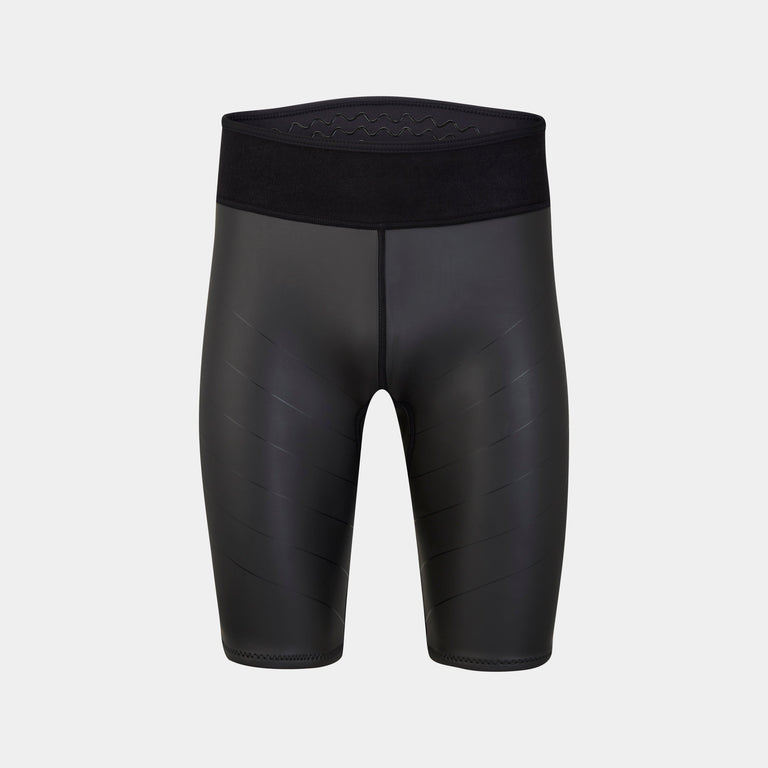
![Element Wetsuit Shorts [Mens]](http://us.alpkit.com/cdn/shop/files/element-mens-vest-shorts-ecom-2.jpg?v=1717528256&width=768)
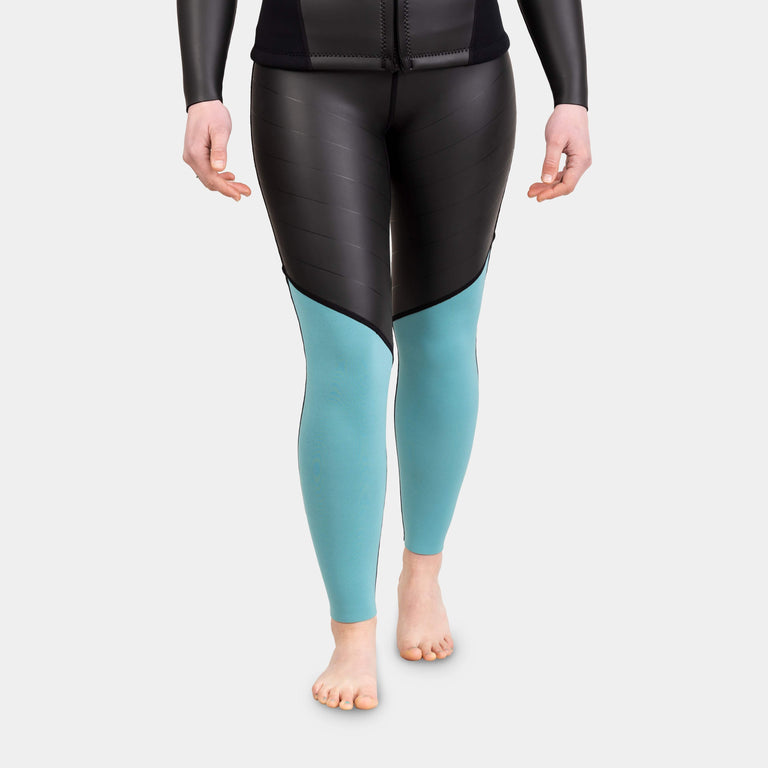
![Element Wetsuit Pants [Womens]](http://us.alpkit.com/cdn/shop/files/element-womens-jacket-pants-ecom-2_255d3f4a-410d-4d32-a657-6d9bab5b0d2d.jpg?v=1717528239&width=768)
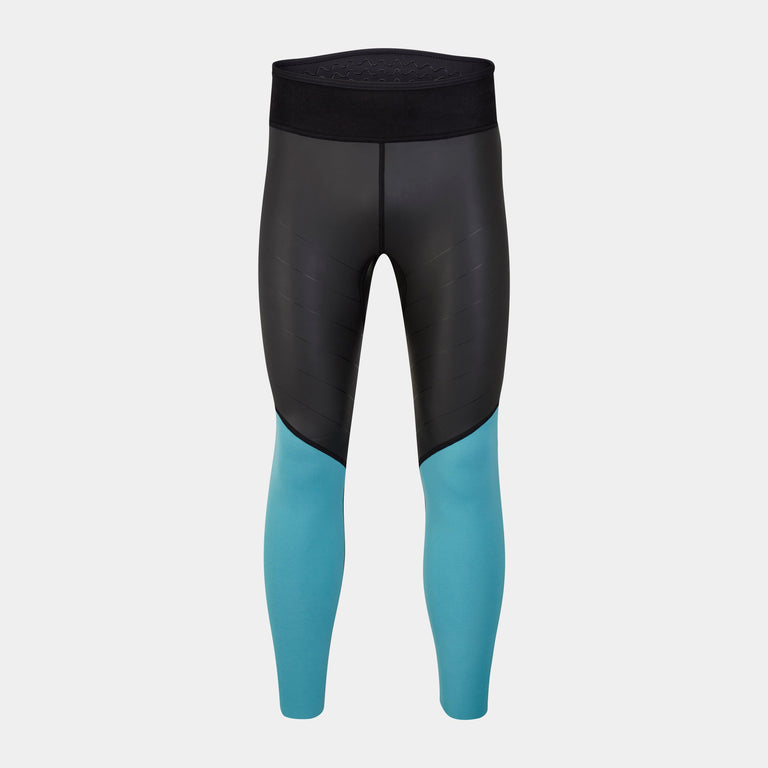
![Element Wetsuit Pants [Mens]](http://us.alpkit.com/cdn/shop/files/element-mens-jacket-pants-ecom-2_38dbf092-f607-4bbd-bd7a-0477da29bcef.jpg?v=1717528220&width=768)
